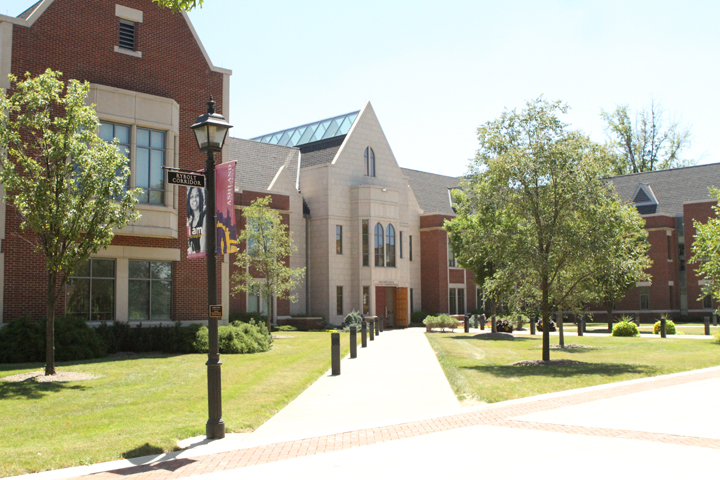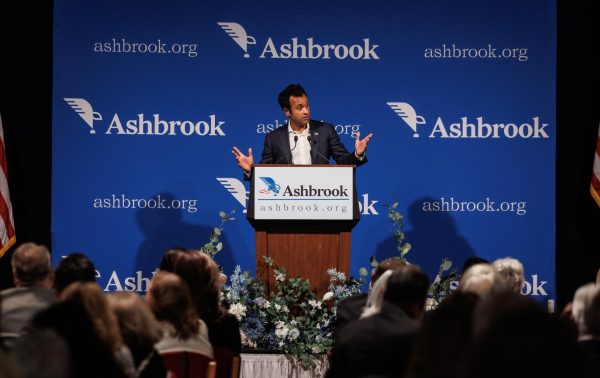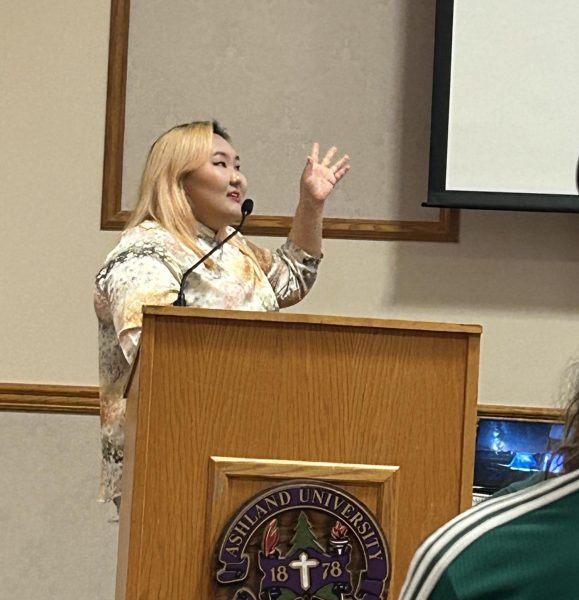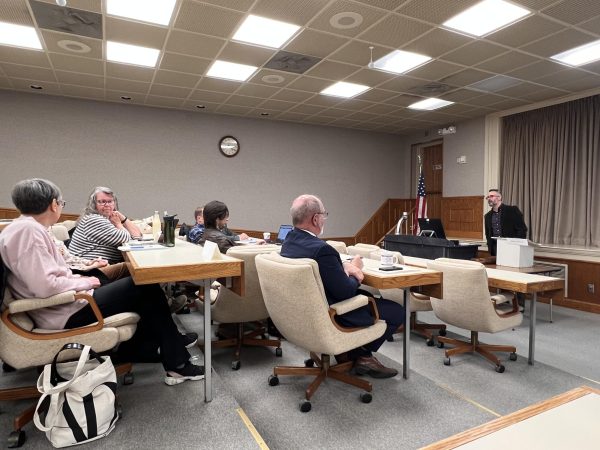New technology requirement
September 20, 2012
With all the new technology, learning and teaching environments are becoming more advanced than they used to be. Ashland University’s College of Education is taking new steps to help prepare its students for this new generation.
Dr. Deanna Romano, associate professor in the department of curriculum and instruction, implemented the new requirement for education majors. She said the purpose of the initiative is to make students aware of the new technology they will be encountering as teachers in the real world.
“The one-to-one computing initiative that was started at the College of [Education] level is a requirement that students have some form of mobile technology in their hands so that they can use the technology not on a planned basis, but on a spontaneous basis,” she said. “So that they learn to use the tools so that when they go out to the K12 environment when they graduate, they can start to model twenty-first century skills.”
Because the program is new, it is only required for freshmen. However, Romano said that the requirement to have mobile technology in class with soon apply to all education majors. Along with the students, faculty members are also learning about the new technology in order to show their students. This new initiative is being taught in the basic education courses, EDC 130 and EDC 140, both required for incoming freshmen.
The College of Nursing has also implemented this requirement, but, according to Romano, is using it in a different way. The College of Nursing uses this technology requirement solely for assessments, while the College of Education is using it in the classrooms, and as part of the curriculum.
The process of making this program happen has been ongoing for several years, Romano said. Both herself and Dr. David Kommer, chair of the curriculum and instruction department of the College of Education, have been working on the issue of technology and presenting it to University Board members. The process of approval took about two years, and involved research and work.
“I think it was about five years ago that we brought this up to the university,” Romano said. “So we examined it and it was decided that we didn’t have the resources and the ability to implement it. For about two years we examined the types of programs out there. We went through some piloted studies, asked students what they thought, and overwhelmingly it didn’t appear to be a big issue. So it took about two years and then it was approved by the Board of Directors to allow the College of Education to put in this requirement.”
Kommer said this requirement is important now because of how relevant technology is. Although, he said instituting the program wasn’t as easy as they first thought it would be.
“No 21st century college student should even think they can get the most out of their university experience without some mobile technology,” he said. “However, there was some resistance from those that worried that AU wouldn’t have the tech support resources, or some potential candidates would see this as an added expense and might go to some other institution.”
Romano said she is most excited about the new outlook students and faculty will receive from this new requirement. She said being able to use the technological tools in their classes now will only help the students in the future.
“Looking at the teaching and learning process differently [is the most beneficial part of this program],” she said. “Having the tools in their hands makes it more embedded and not artificial. They can actually look at instruction differently – they’re going to see it modeled, they’re going to see it in practice and they will be able to build their skills off that. I see it impacting the teaching and learning process.”
Kommer agreed and said students will now be able to take their work to the next level because of this requirement.
“Using technology raises the level of teaching in classrooms,” he said. “Traditional teaching presents content to students that others have created. Technology allows today’s learners to also create and share knowledge. AU sits right on the cutting edge of teacher preparation and makes a clear statement that the teacher of tomorrow is a highly skilled, high-tech teacher.”












